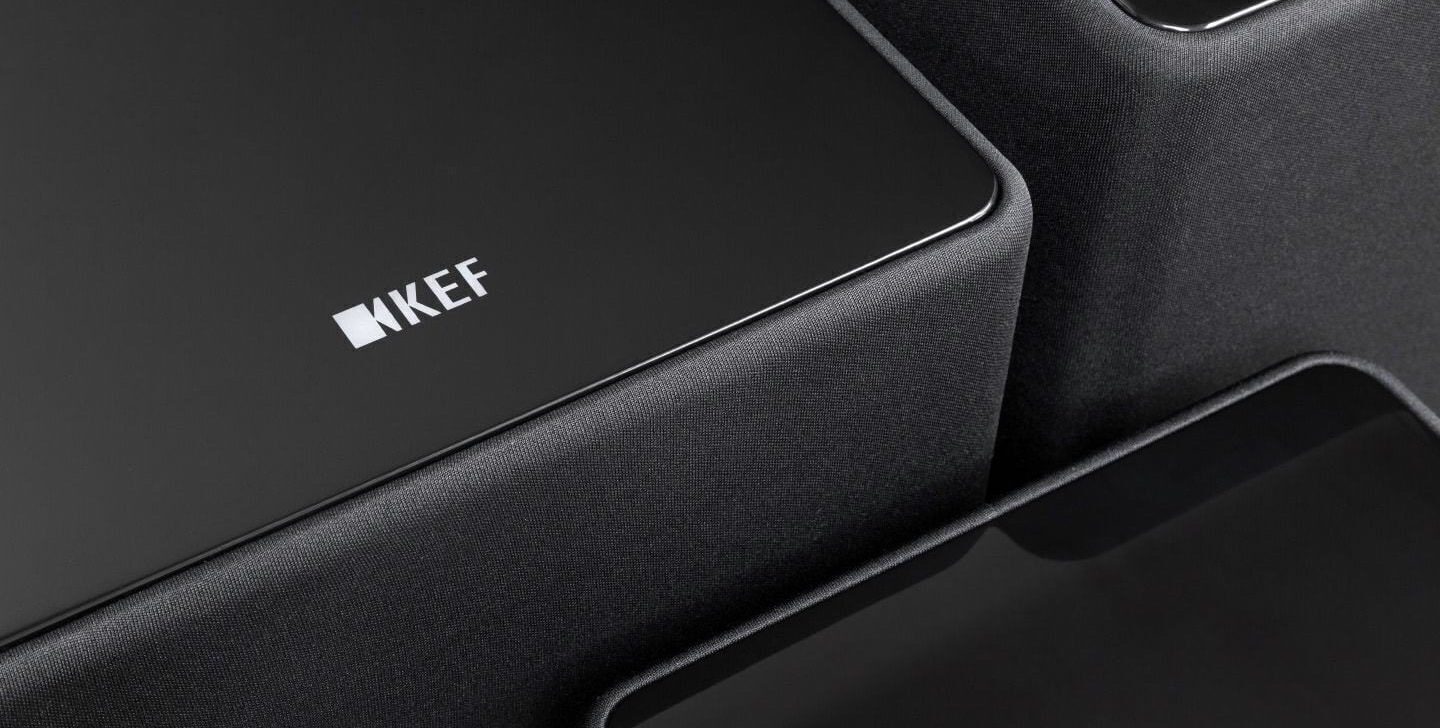
Late last year, KEF released an updated Kube line, consisting of three very compact KEF Kube 8b and Kube 10b, relatively inexpensive subwoofers. Stylish, compact, powerful – that’s all about them. I managed to listen to all three at once.
The subwoofers are covered with fabric along the perimeter, the top panel is lacquered, and all controls and switching are located at the back, The case is closed, meaning there is no phase inverter port. All three subwoofers are equipped with a powerful 300-watt class D amplifier, as well as the proprietary iBX (Intelligent Bass Extension) algorithm, which, as the company writes, allows “to reveal the full potential of the proprietary speaker and increases the depth of the bass.”
You may like: Dynamic Depth: A Comprehensive Review of the MartinLogan Dynamo 1100X
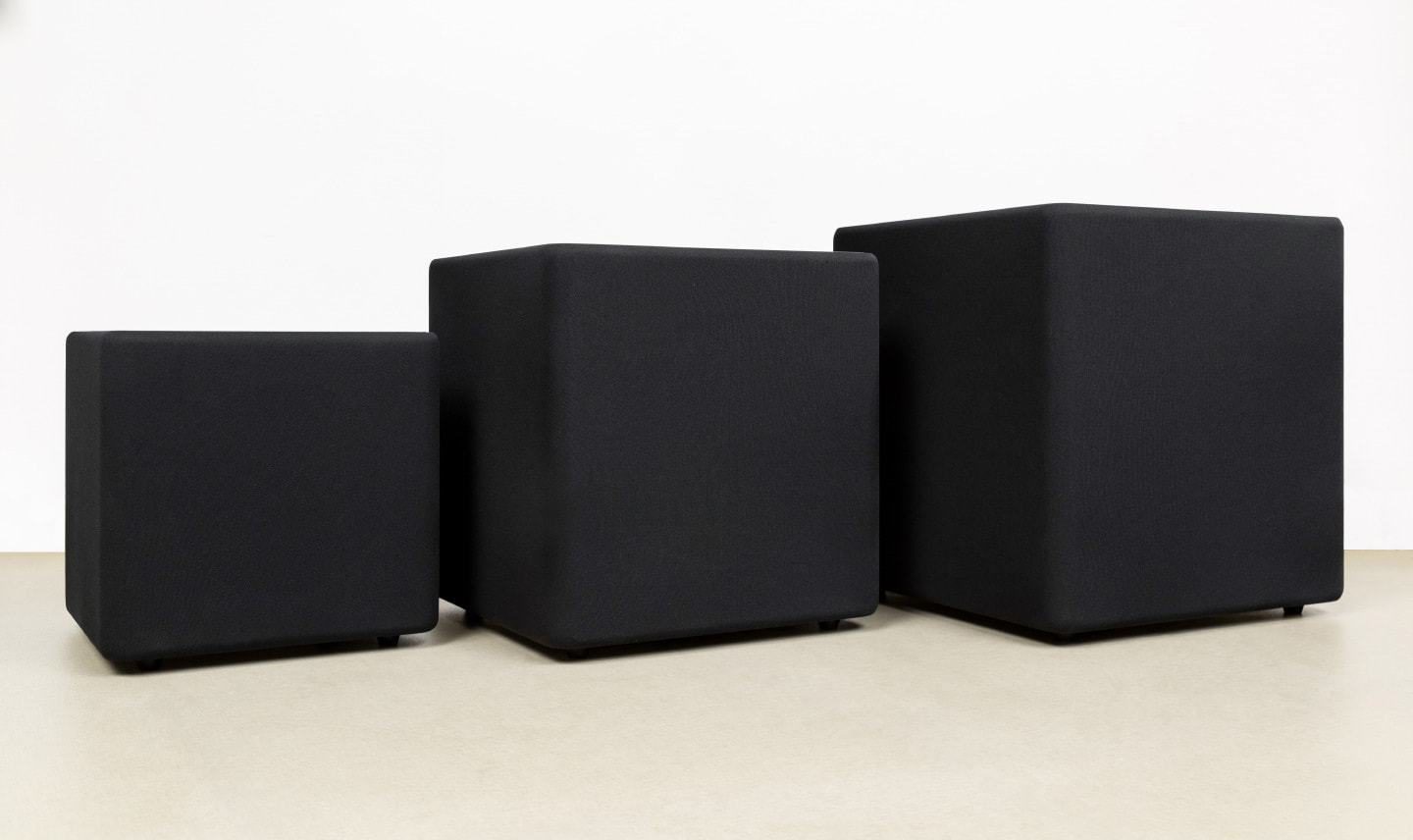
The differences between subwoofers are in the dimensions of their housings and, accordingly, the size of the speaker, which is hinted at by the index in the name: 8 (8-inch), 10 (10-inch), and 12 (12-inch). The speaker is located on the front panel.
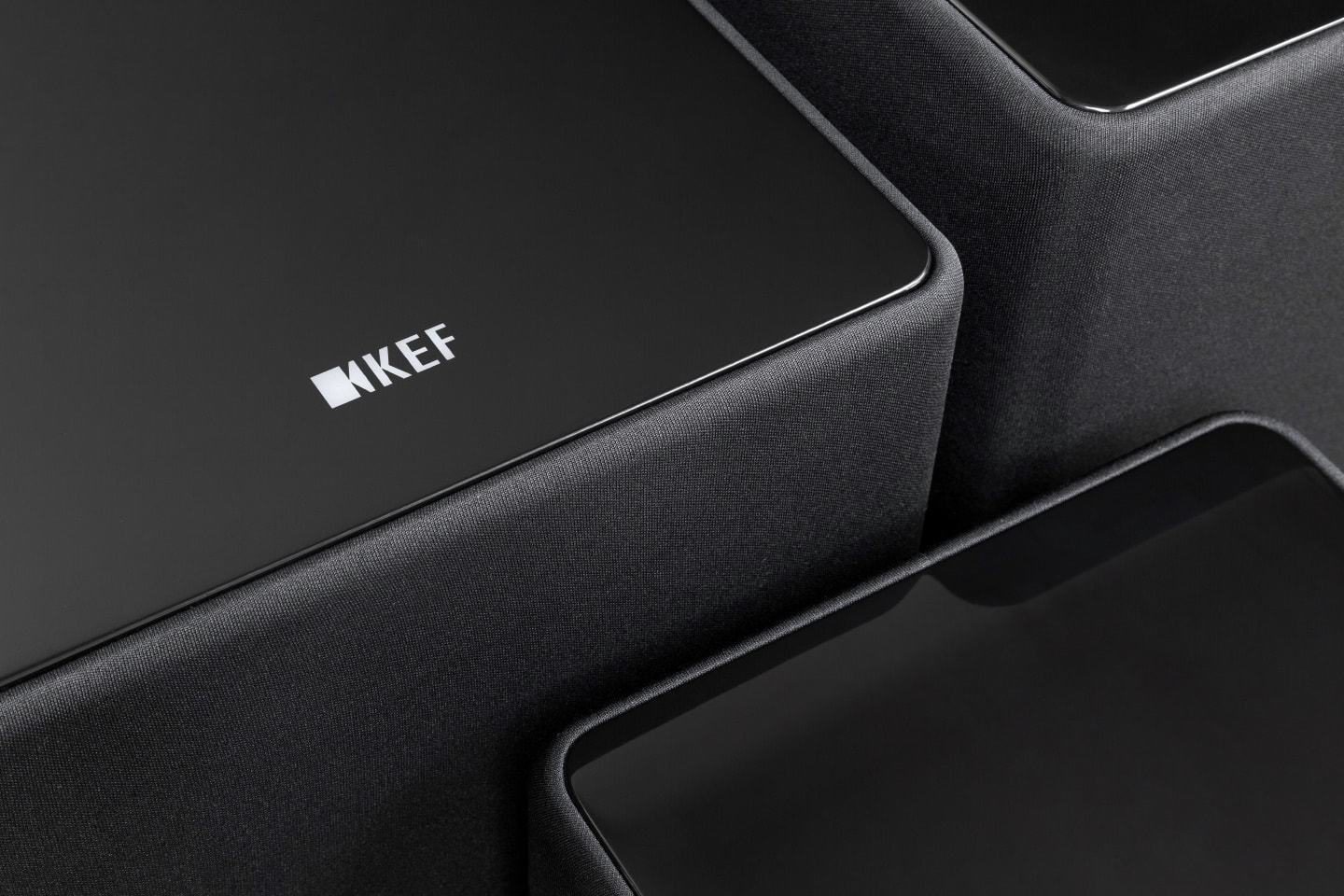
In this series, KEF engineers have used a very unexpected solution – usually the largest subwoofer has a more powerful amplifier, but here all three models use the same digital 300-watt amplifier. By the way, the previous generation also used class D, but the speaker was supplemented with a passive radiator, now – only one active speaker.
Also Read: ELAC Varro RS500: The Subwoofer Redefining Performance
Smart features
Another interesting feature of these models is DSP sound correction for various room placement options. The rear panel has a switch with three positions: in the corner, near the wall, or free placement. DSP takes into account the change in sound characteristics due to the bass boost when placed close to the walls and corrects them to achieve a flat frequency response. Other adjustments include a 0/180 phase switch, volume control, and crossover frequency control – nothing unusual. Both linear and high-level inputs are provided, and both, as they say, have a twist.
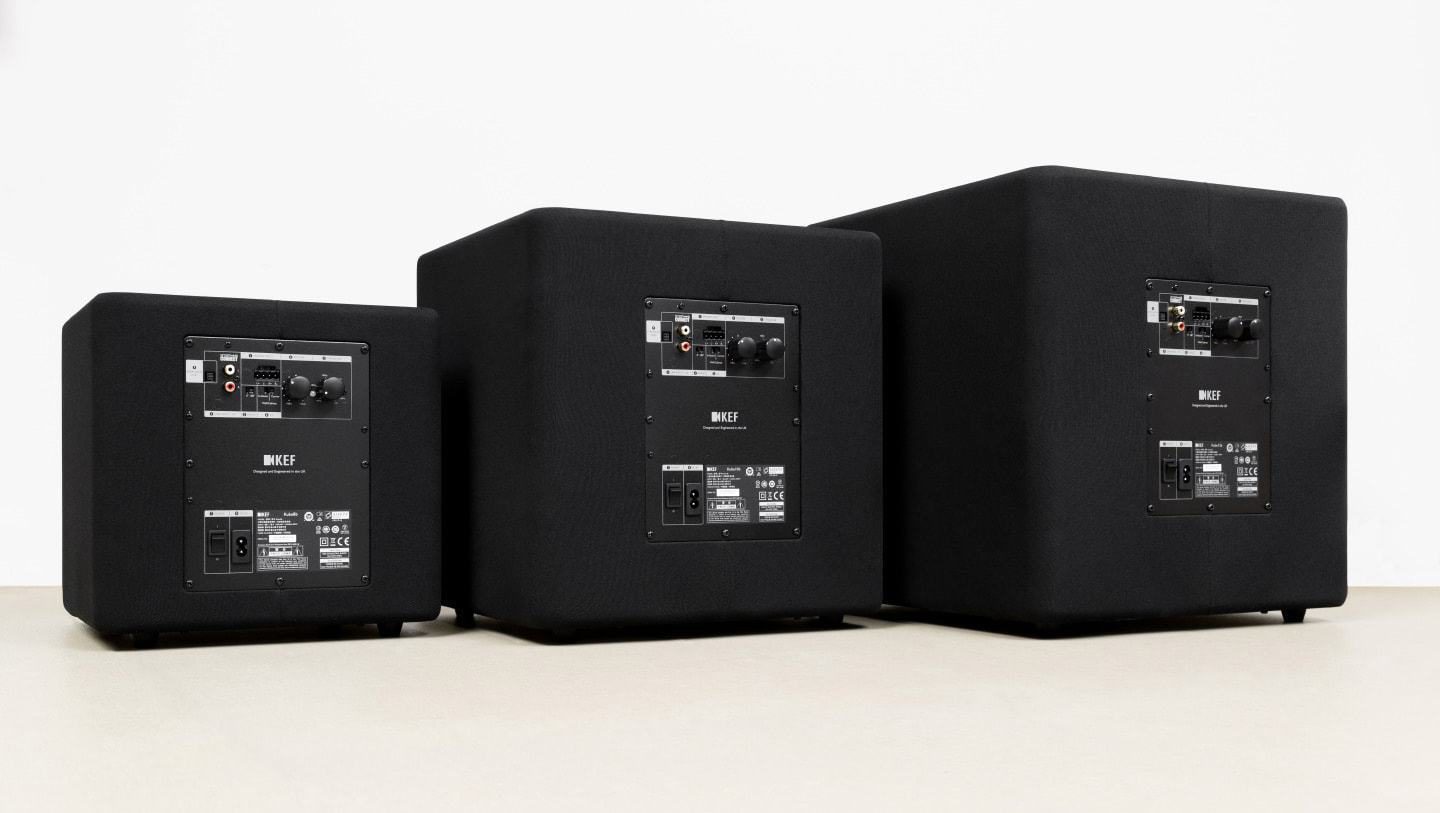
The stereo line input is equipped with the SmartConnect function, which detects that only one channel is connected to the input and automatically increases the volume. And the high-level one is not made on traditional screw or spring terminals but on a compact and convenient Phoenix connector. In addition, both inputs work simultaneously, which allows you to take a signal from both the front channels and the LFE output. There is another connector with the mysterious name “Expansion Port”, about which nothing is written anywhere. I want to believe that it is intended for connecting a wireless receiver – wireless transmission is now very popular and relevant.
KEF-style back massage
The test took place in the showroom of the MMS distribution company — a room of about 30 m² acoustically prepared for a home theater. The source was a Theta Digital Compli Blu 3 Blu-ray player, and the amplifier was a Primare SPA23. The subwoofer was predetermined to be located behind the theater seats, and the system allowed listening to only multi-channel soundtracks with the subwoofer, so I limited myself to listening to fragments of the familiar “Deadpool” and fragments of various films from the very popular “Atmos Demo Disc”.
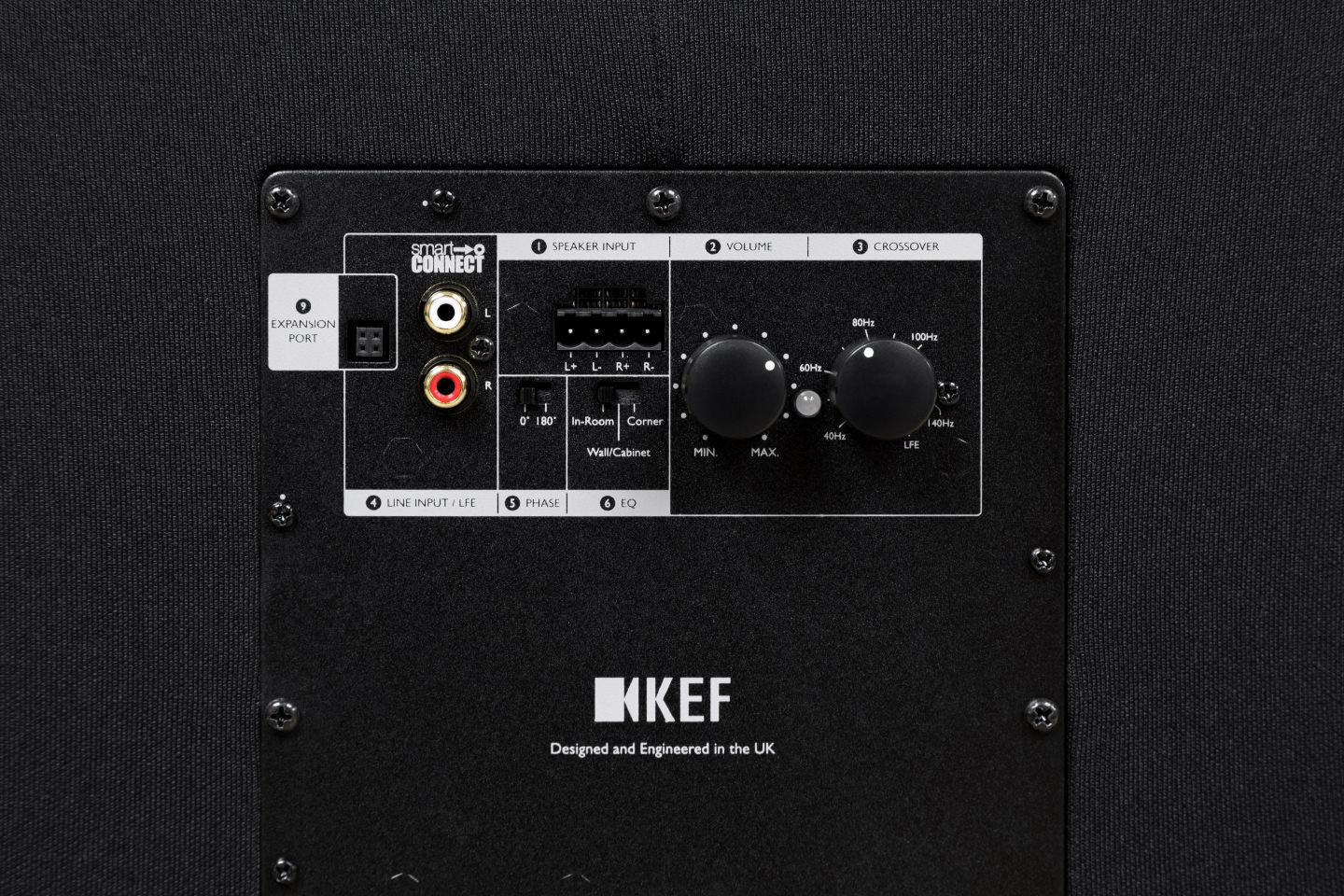
Frankly, I started the testing with a fair amount of skepticism – in my experience (true, 7 years ago) KEF in subwoofers did not particularly stand out, and the price range of the test subjects hinted that nothing special should be expected.However, I was seriously mistaken, underestimating these, in general, very compact and relatively budget “cubes”.
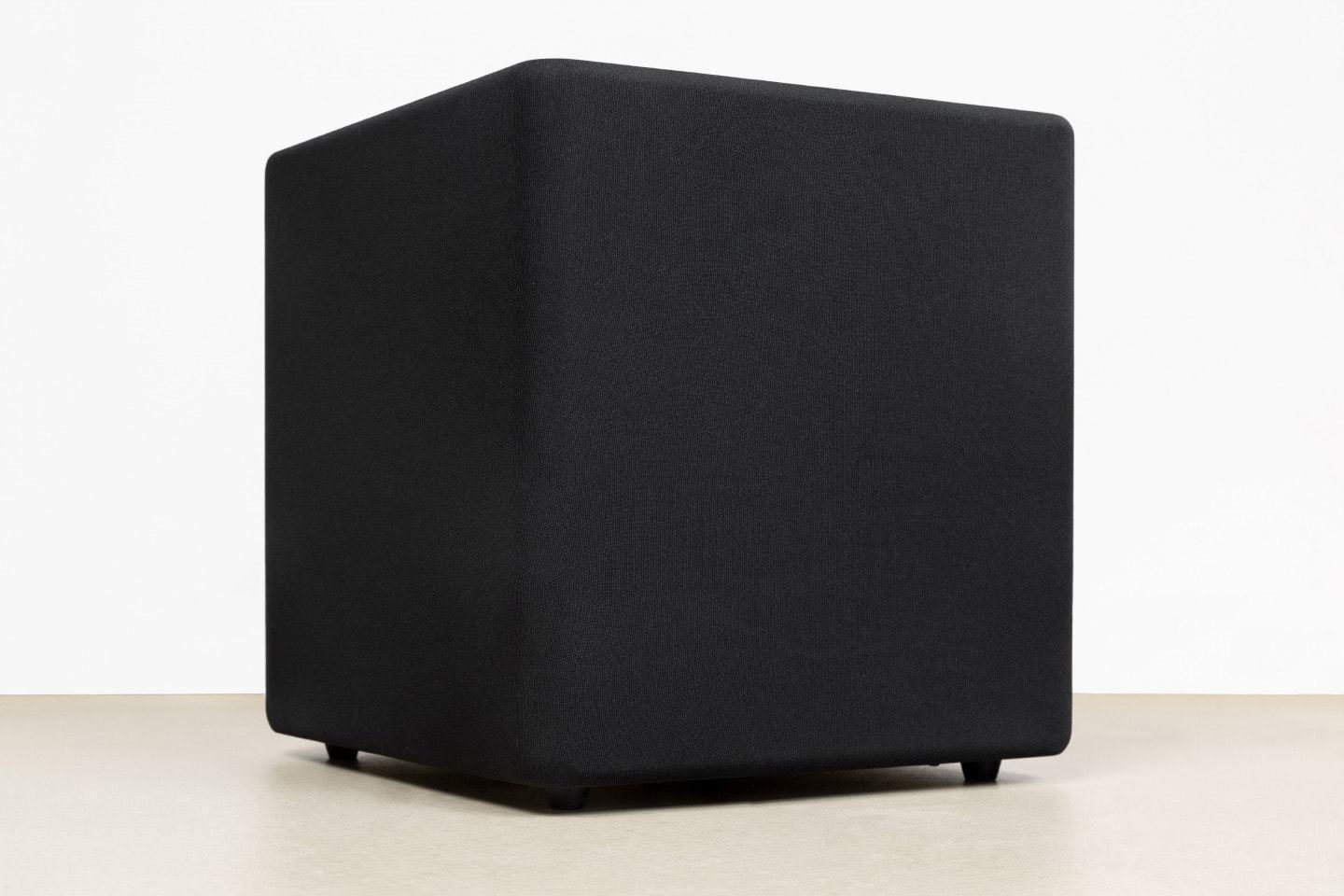
I started with the youngest model. It wasn’t difficult to integrate it into the system, the only thing is that it’s better to experiment with the DSP mode switch and choose the most suitable one out of the three, without paying attention to the mode names. As I already wrote, the room has acoustic treatment, which gives its advantages even to a small one with an 8-inch speaker. It produced a sharp and elastic bass, and in such a way that it was not localized at all and simply added depth to the sound picture, in no way dominating or irritating with extraneous sounds.
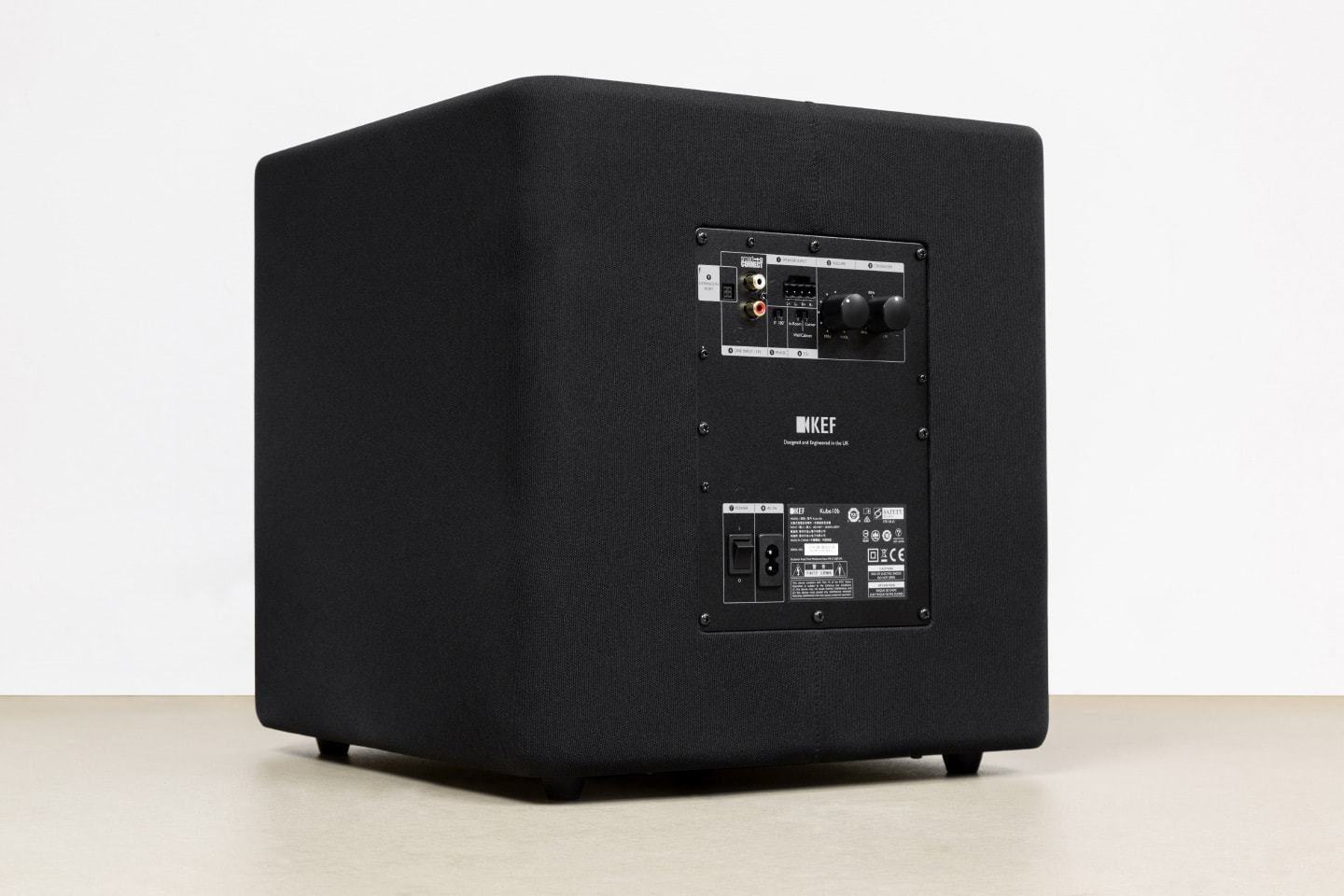
In general, there is a pleasant feeling of the “weight” of flying planes, explosions, and other special effects. The only thing is that there was a constant feeling that “it will explode now” and the bass would fall into the depths, so much so that you would feel it in your stomach. Alas, this did not happen – the room is too big for the younger model, while the low frequencies are fast, sharp, and practically without after-sounds.
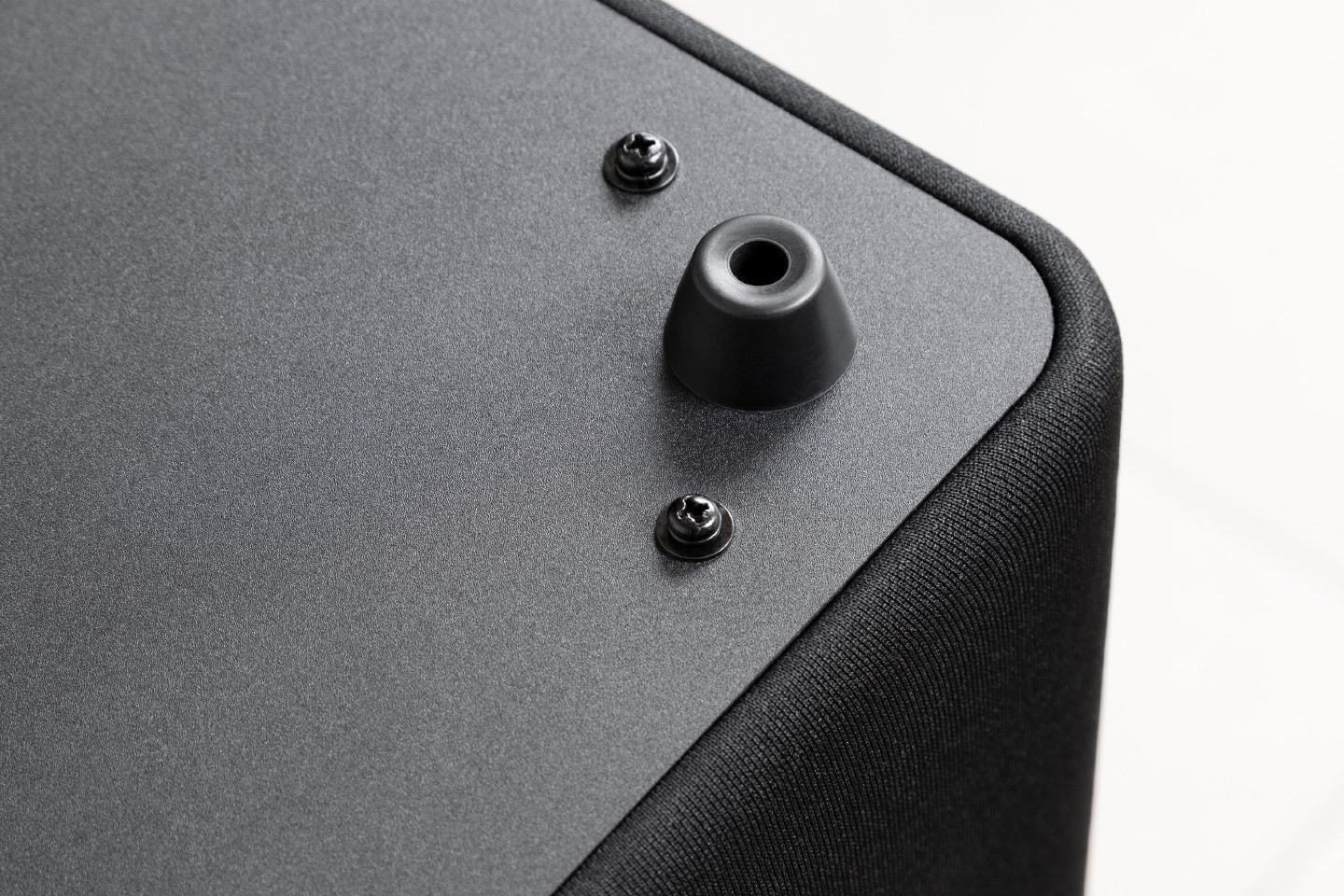
I connect the “ten”, and it corrects the situation – the sound pressure and depth are quite sufficient. Now the scale of what is happening on the screen corresponds to the scale of the created sound picture. Some scenes can be called brutal both because of what is happening on the screen and because of the nature of the sound. Everything is very impressive, and watching it already evokes much more emotions than the same fragments watched 20 minutes ago.
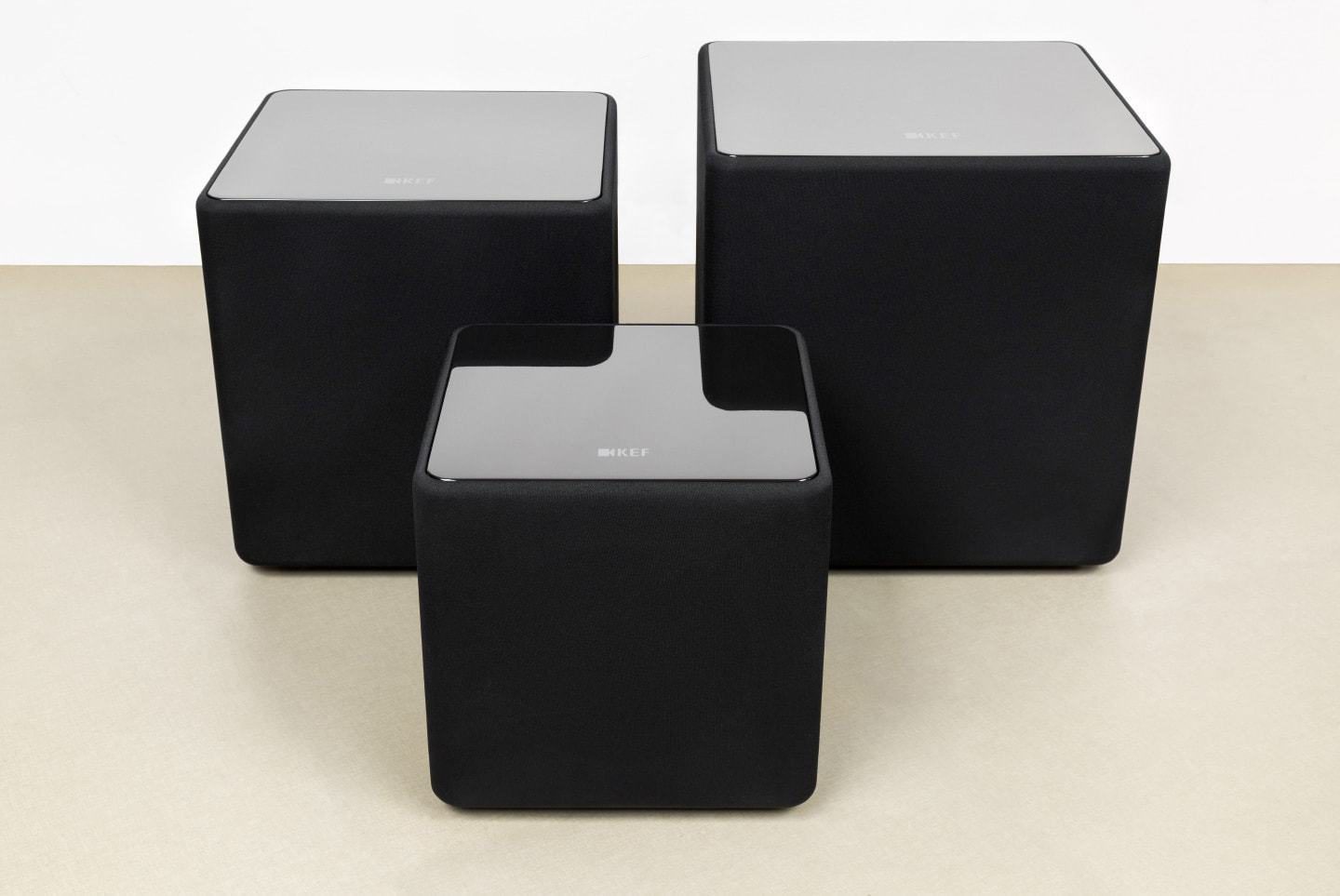
But the real thrill from watching was delivered by the older model with a 12-inch speaker. The famous bombing scene from “Unbroken” literally gave me a back massage, and the bass remained fast, effective, and well integrated into the overall sound picture. The subwoofer skillfully supported the main channels, “propping” them up from below and making you forget about its existence – an epic drama the size of a listening room simply unfolded around you.
Conclusion
Overall, I was pleasantly surprised by the capabilities of this trio, which both looks stylish and has remarkable capabilities for its size and price. If KEF also implements wireless transmission (there is no information about this, but what if?), then the current Kube line will be very popular among both connoisseurs of good bass and among those looking for a decent compact subwoofer “to have”.
Specification
Advantages: Sounds great in movies, takes up little space, adapts to various installation options, low price
Flaws: No wireless transmission
Price: KEF Kube 8b — 39,000 rubles, KEF Kube 10b — 46,200 rubles, KEF Kube 12b — 53,400 rubles
Passport details
Speaker: 8/10/12 inches (200/250/300 mm)
Amplifier: 300W, Class D
Frequency range: 34/24/22-140 Hz
Crossover frequency: 40-140 Hz
Phase adjustment: 0/180
Inputs: Linear, High Level
Outputs: none
Dimensions (HxWxD):
293x293x310 mm
370x353x370 mm
410x393x410 mm
Weight: 11.3/17.4/20.6 kg







